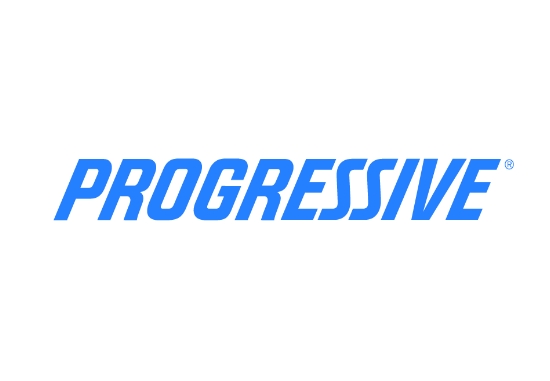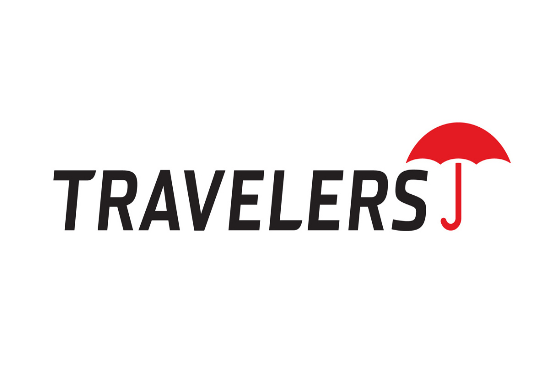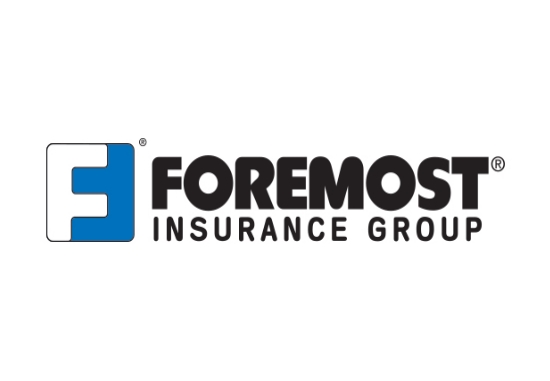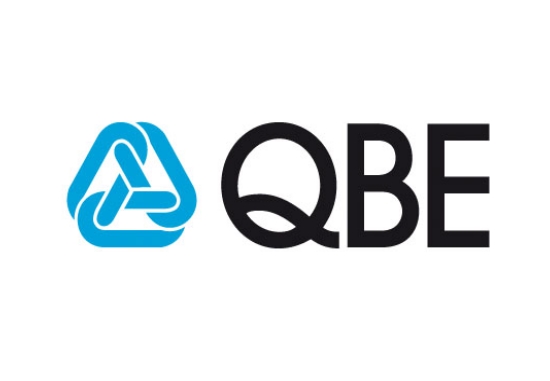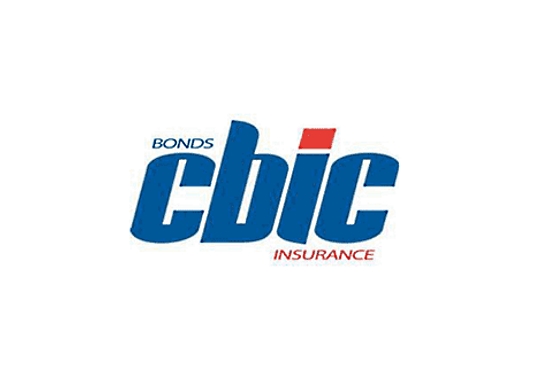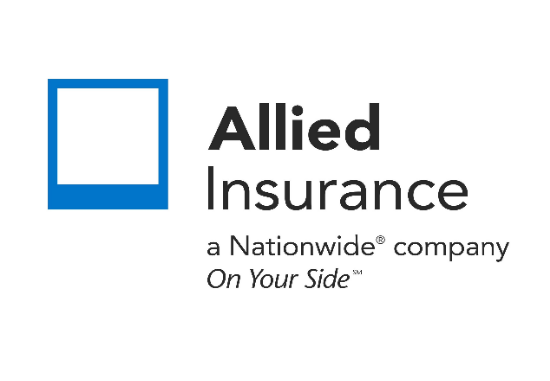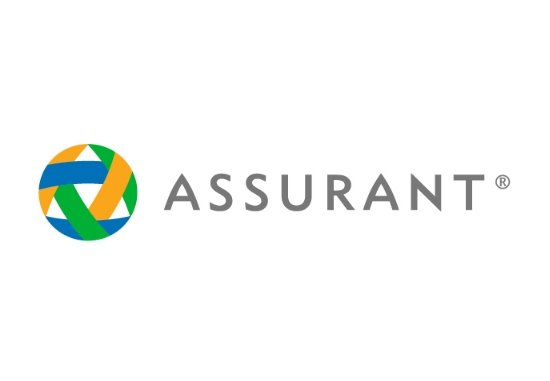Comprehensive Guide to Cargo Insurance: Protect Your Goods in Transit
We will search the top carriers for you for the best offer.
Cargo Insurance
In the fast-paced world of transport and logistics, protecting your goods during transit is critical to your business’s success. Cargo insurance safeguards your shipments against damage, theft, or loss, ensuring financial security and peace of mind. At THAgency, we’ve been helping U.S. businesses since 1995, partnering with nearly 100 carriers to deliver tailored insurance solutions. In this guide, we’ll explore what cargo insurance covers, why it’s essential, and how to choose the right policy. What’s your top priority when insuring your cargo—cost, coverage, or reliability? Let us know, and we’ll customize a plan for you!
What Is Cargo Insurance?
Cargo insurance is a specialized type of inland marine insurance that protects goods during transportation by land, sea, or air. It covers financial losses from damage, theft, or loss of cargo, ensuring businesses can recover costs and maintain operations. This insurance is vital for companies involved in shipping, importing, or exporting goods domestically or internationally.
Example: A $20,000 shipment of electronics damaged in a truck accident or stolen during overseas transit would be covered, minimizing financial impact.
Why Cargo Insurance Is Essential
Transporting goods involves risks like accidents, natural disasters, or theft, which can lead to significant losses. Cargo insurance provides:
Financial Protection: Covers replacement or repair costs for damaged or lost goods.
Business Continuity: Ensures quick recovery to avoid supply chain disruptions.
Client Confidence: Reassures customers that their goods are protected, enhancing trust.
Regulatory Compliance: Meets requirements for certain shipments, especially international ones.
State-Specific Note: In states like California, businesses may need cargo insurance to comply with logistics contracts. THAgency ensures your policy meets local standards.
Types of Cargo Insurance
Land Cargo Insurance:
Covers goods transported by trucks, trains, or other land vehicles.
Protects against accidents, theft, or damage during transit.
Example: A truck carrying $15,000 in furniture overturns—insurance covers the loss.
Marine Cargo Insurance:
Covers goods shipped by sea or air, including open cover (ongoing shipments) or specific cover (single shipments).
Protects against weather events, piracy, or handling errors.
Example: A $50,000 cargo container damaged by a storm at sea is covered.
Air Cargo Insurance:
Covers goods transported by air, protecting against crashes, handling damage, or theft.
Example: A $10,000 shipment of medical supplies lost in transit is covered.
Key Features of Cargo Insurance
All-Risk Coverage: Protects against most risks (e.g., theft, damage) unless explicitly excluded.
Named Perils Coverage: Covers specific risks listed in the policy, like fire, collision, or explosion.
General Average Coverage: Unique to marine insurance, covers shared losses when cargo is sacrificed to save a vessel (e.g., jettisoned goods during a storm).
Factors Affecting Cargo Insurance Costs
Value of Goods: Higher-value cargo (e.g., electronics) increases premiums.
Type of Goods: Fragile, perishable, or high-risk items (e.g., chemicals) cost more to insure.
Transport Mode: Sea and air shipments often have higher premiums than land due to increased risks.
Route and Distance: Long routes or high-risk areas (e.g., piracy zones) raise costs.
Deductibles: Higher deductibles lower premiums but increase out-of-pocket costs for claims.
Typical Cost: $500-$5,000 annually for small to medium businesses, with THAgency securing competitive rates.
Exclusions in Cargo Insurance
Common exclusions include:
Inherent Vice: Damage from natural spoilage (e.g., fruit rotting).
Improper Packing: Losses due to inadequate packaging.
Delays: Financial losses from delayed shipments (unless specified).
War Risks: Losses from war or civil unrest, unless added as extra coverage.
How to Choose the Right Cargo Insurance
Assess Your Risks: Evaluate the goods, transport modes, and routes for potential risks (e.g., theft, weather).
Determine Coverage Needs: Choose all-risk or named perils based on your cargo’s value and risk profile.
Check Policy Limits: Ensure coverage matches the value of your shipments (e.g., $100,000 for high-value goods).
Review Exclusions: Understand what’s not covered to avoid surprises during claims.
Compare Quotes: Work with THAgency to compare policies from nearly 100 carriers for the best coverage and price.
Example: A retailer shipping $30,000 in clothing internationally might choose marine cargo insurance with all-risk coverage to protect against theft and storm damage.
FAQs About Cargo Insurance
What’s the difference between cargo and freight insurance? Cargo insurance covers the goods; freight insurance covers the cost of shipping services.
Does cargo insurance cover international shipments? Yes, marine and air cargo policies cover global transit, with THAgency tailoring solutions for cross-border needs.
How much coverage do I need? Match coverage to your shipment’s value, considering replacement costs. THAgency can assess your needs.
Can I add coverage for high-risk routes? Yes, options like war risk coverage can be included for specific routes.
Why Choose THAgency for Cargo Insurance?
Since 1995, THAgency has protected U.S. businesses with customized insurance solutions. Our partnerships with nearly 100 carriers ensure competitive rates and comprehensive coverage for your cargo, whether by land, sea, or air. What’s your biggest concern—shipment safety or cost? Reply, and we’ll tailor a solution for you.
Get a Free Quote with THAgency
Don’t let cargo losses disrupt your supply chain. With THAgency’s expertise and access to nearly 100 carriers, we’ll find the best cargo insurance for your needs.

Related Posts
Get a Right Insurance For You
SHARE THIS ARTICLE
We will compare quotes from trusted carriers for you and provide you with the best offer.
Whatever your needs, give us a call, have you been told you can’t insure your risk, been turned down, or simply unhappy with your current insurance? Since 1995 we’ve been providing coverage to our customers, and helping people across United States.

